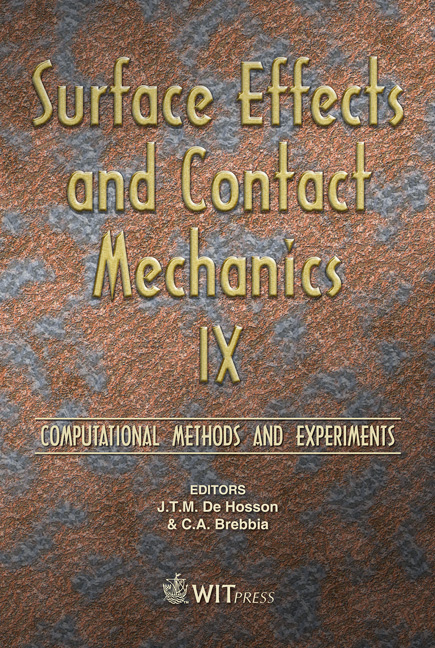Generating Behavior Of Whiskers On Pb Free Sn Plating And Its Control
Price
Free (open access)
Transaction
Volume
62
Pages
10
Page Range
251 - 260
Published
2009
Size
3,132 kb
Paper DOI
10.2495/SECM090231
Copyright
WIT Press
Author(s)
Y. Kimura & Y. Takeshita
Abstract
Until now, electronics materials have mainly been manufactured from Sn-Pb alloy plating. However, there is a problem in that Pb pollutes the environment. Therefore, Sn-Pb alloys are principally prohibited for use in electronic components by RoHS instruction. Therefore, the development of an alternative material to Pb is required from now on. However, whisker generation has become a problem when an alternative material to Sn-Pb alloy is used. In this study, various investigations are conducted employing Sn-Cu, Sn-Bi and Sn-Pb alloys on the basis of microstructure control for the best plating material to prevent whisker generation when used as an alternative material to Pb. As a result, the difference in crystal grain morphology was clarified between these three kinds of plating materials through conducting FIB processing and detailed SIM observation. Therefore, the residual and contact stresses generated by the process of putting the FPC into a connector cannot be easily be relieved in the case of Sn-Cu plating film, the microstructure of which has fine columnar grains. Increasing the Bi contents improved whisker generation and growth characteristics. Whisker generation and growth were suppressed in the case of applying a Sn-Bi alloy whose Bi content was larger than 2wt%. In this case, grain size was also increased with the increase of Bi content. Therefore, material selection and control of grain morphology are extremely important for suppressing whisker generation and growth. Keywords: RoHS instruction, prevent whisker generation, an alternative material to Pb, Sn-Bi.
Keywords
RoHS instruction, prevent whisker generation, an alternative material to Pb, Sn-Bi





